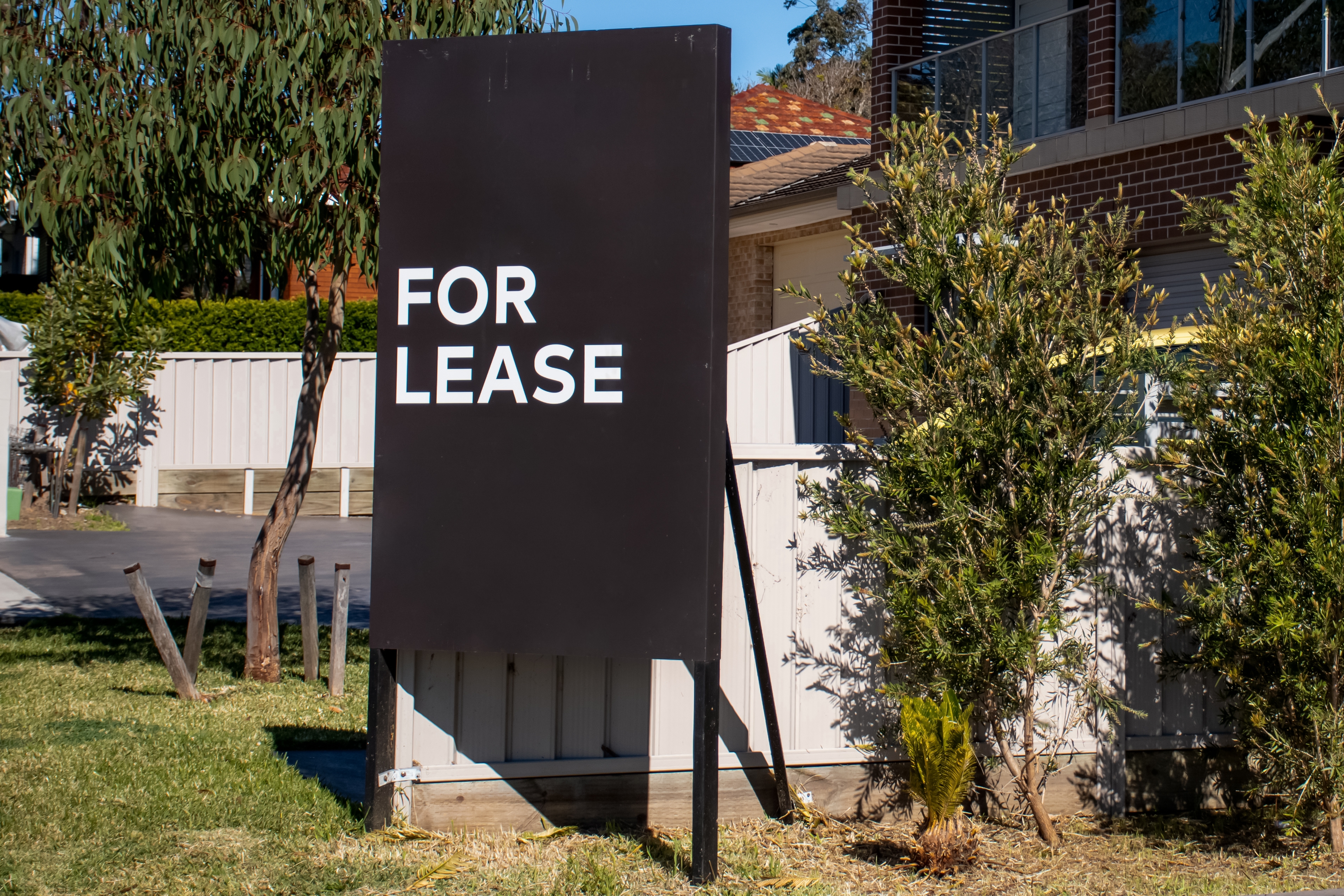Australia’s booming rental market has seen a remarkable journey over recent years. But this Q3 2023 has given the real estate industry much to ponder about. Let’s dive deep into what the market data reveals.
Trends in Rental Growth
Despite the increasing difficulties tenants are facing in terms of affordability, the rental market in Australia has showcased a somewhat unexpected turn of events in the last quarter. While rental values grew by 1.6% over the quarter, it’s a slight deceleration from the 2.2% growth observed in Q2 2023. If we look back, this is a notable drop from the peak growth rate of 2.6% registered in the months leading up to April.
In an annual comparison, the growth pace decreased from a stellar 9.6% to 8.4%. While this may seem alarming for investors, it’s crucial to understand the underlying reasons.
Why the Rental Growth is Slowing Down
The affordability challenges are no doubt a major contributor. Over the past three years, national rents have surged by 30.4% since July 2020. This has added a substantial $137 to the median weekly rent. Such an upswing has inadvertently pressured renters, with many reaching their spending limits, subsequently seeking joint household setups to distribute the increasing rent.
Rental Availability Reaches New Lows
One of the more striking figures to emerge this quarter is the sharp decrease in rental availability. The national vacancy rate hit an all-time low of 1.1% in September. With property listings dropping to numbers unseen since November 2012, this translates to a deficit of nearly 47,500 rental properties. The dearth in listings has been attributed to a surge in overseas migration and an imbalance in rental listing availability.
Capital vs. Regional Markets
City dwellers are feeling the pinch a bit more than their regional counterparts. Capital cities experienced a 1.9% rise in rental rates compared to the 0.7% in regional markets. However, it’s interesting to note that the rate of growth has decelerated across both domains.
Houses vs. Units: The Widening Rent Gap
There’s been a marked shift in the dynamics between house and unit rents. In the recent quarter, house rents surged by 1.7%, slightly outpacing the 1.3% growth seen in unit rents. The differential in median rents for houses and units has now expanded to $36 per week, hinting at evolving tenant preferences and the eroding affordability of units.
Capital Highlights
While the overall market showcased a slowing pace in rental appreciation, the story isn’t the same across all capitals. Cities like Darwin and Brisbane led the charge with significant quarterly growth, while the likes of Sydney, Melbourne, and Perth witnessed a deceleration. Sydney retains its crown as the priciest capital for renters, boasting a median dwelling rent of $726 per week.
Yield Trends
The recent decline in national gross rental yields highlights the balance between value growth and rental growth. While the yields have experienced minor fluctuations over the quarter, they remain promising for investors, especially in comparison to figures from previous years.
In Conclusion
Australia’s rental market has shown resilience and dynamic shifts throughout 2023. Affordability remains a major concern, and the scarcity of available rental properties is a challenge that needs addressing. As the industry navigates these changing tides, understanding the nuances of the market becomes pivotal for both investors and renters.


